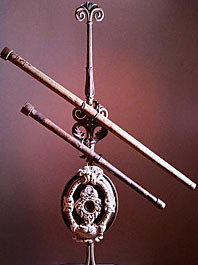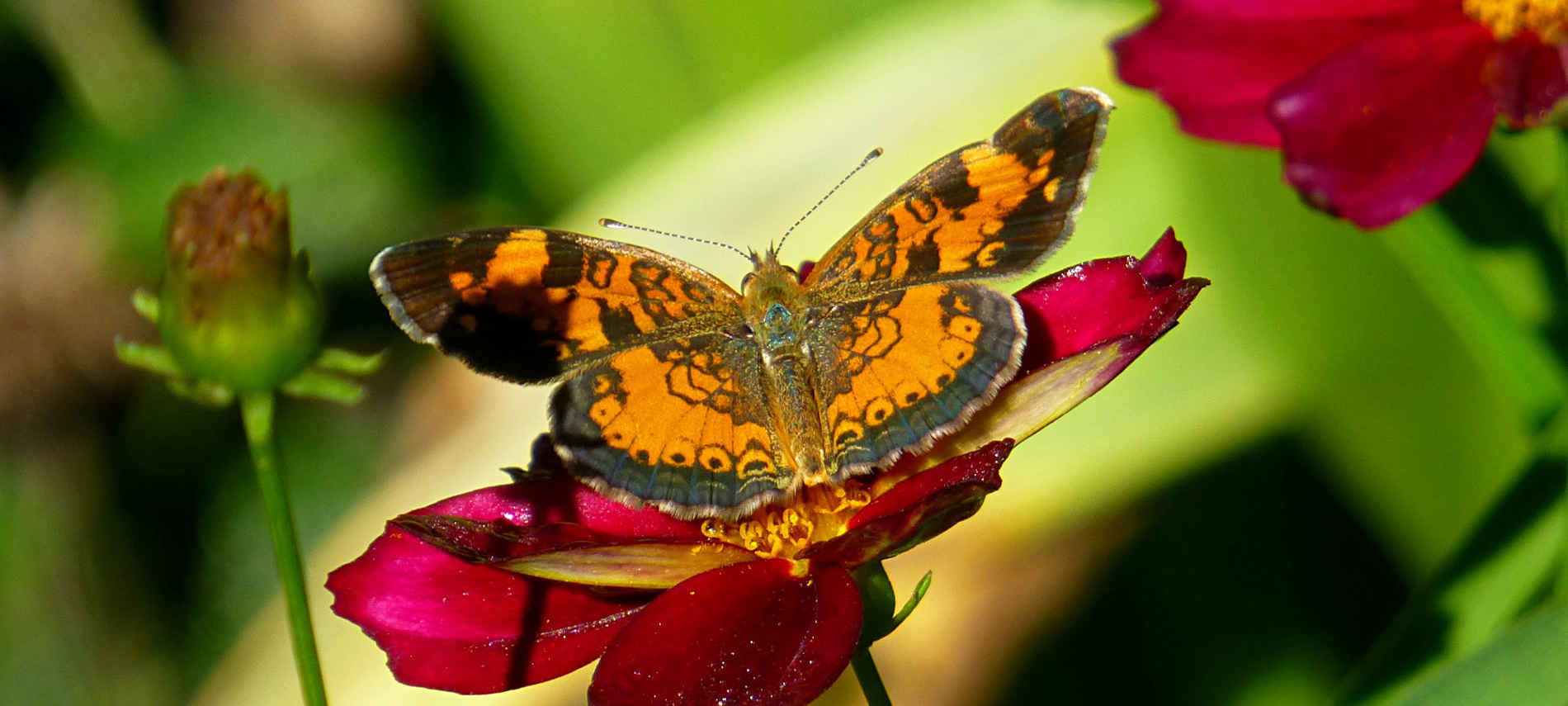
We love stargazing here at the Inn on Mill Creek because it’s so easy to do with very little light pollution. So, we’re very excited to note that 2009 — marking the 400th anniversary of Galileo’s use of the telescope (above) to study the skies — has been designated by the United Nations as the International Year of Astronomy. (Thanks to Mark and Eileen for sharing with us an article from BLDGBLOG about Galloway Forest Park in Scotland announcing its plans to become Europe’s first “dark sky park.” What a great idea!)
It’s very easy to celebrate the International Year of Astronomy: simply look up in the evening or wee hours of the morning and enjoy the night skies! Here are a few dates to keep in mind if you’re interested in the year’s celestial happenings in the northern hemisphere:
- February 22-23: Just before sunrise, check out Jupiter, Mars and Mercury grouped together in the eastern sky (your binoculars are likely needed to view Mars).
- March 25: See Venus shining brightly at both dawn and dusk, an event that happens every eight years. March 25 will be the best date for viewing, although Venus will show up both night and day in the days just before and after.
- April 20-21: A waning crescent moon won’t be too much of a distraction for the Lyrids Meteor Shower, which is known for producing long bright streaks across the sky, at an average of 20 per hour during the peak just after midnight.
- May 4-7: The Eta Aquarids Meteor Shower doesn’t produce as many shooting stars as some of the more popular meteor showers, but we’re putting it in since it will be peaking this year on May 6, Brigette’s birthday. 🙂
- June 21: Not only is it the longest day of the year, otherwise known as the Summer Solstice, but this date will also see the moon passing in front of Antares, a bright red star in the constellation Scorpio.
- July 22: For those of us in the Americas, we’ll just have to watch the news for this event, being billed as the longest total solar eclipse of the century. The eclipse will be viewable across India and China and will be the longest lasting eclipse between the years 1991 and 2132.
- August 6: Check out the lunar eclipse while the moon rises in the early evening hours.
- August 10-September 4: If you’ve got a telescope or a chance to visit an observatory, you’ll be able to see Saturn without its rings due to its edge-on position as viewed from Earth.
- August 12-13: The Perseids Meteor Shower produces about 60 meteors per hour, peaking on August 12. The Swift-Tuttle comet is the parent of these “shooting stars”, which appear to radiate from the constellation Perseus.
- September 2-3: Another telescope opportunity…see Jupiter without its moons for a couple of hours. Jupiter is rarely seen without at least 2 or 3 of its moons nearby so this is a special event for fans of our biggest planet.
- October 8: Mercury will appear 5 times brighter than Saturn in the early hours of the morning as they rise together in the east.
- November 17: Stay up late and be rewarded with the Leonids Meteor Shower. NASA forecasts that as many as 400-500 shooting stars per hour will streak across the sky.
- December 13-14: Bundle up and head outside for the Geminids Meteor Shower, often considered the most reliable and one of the best meteor showers of the year.

